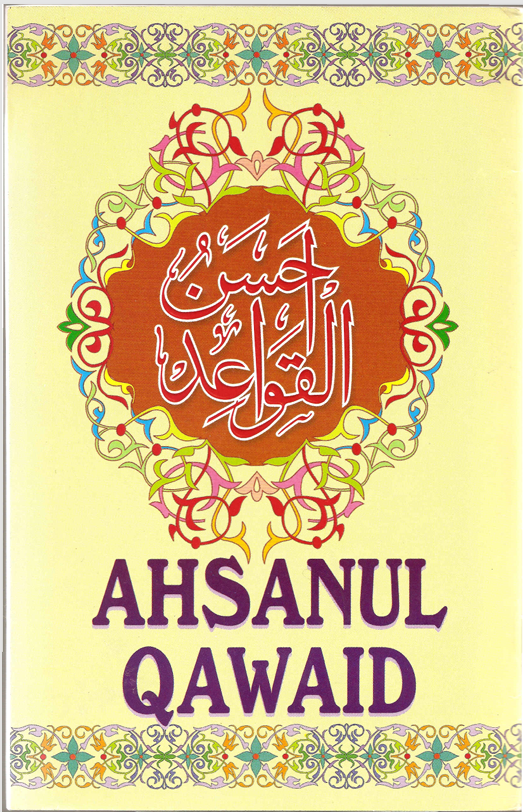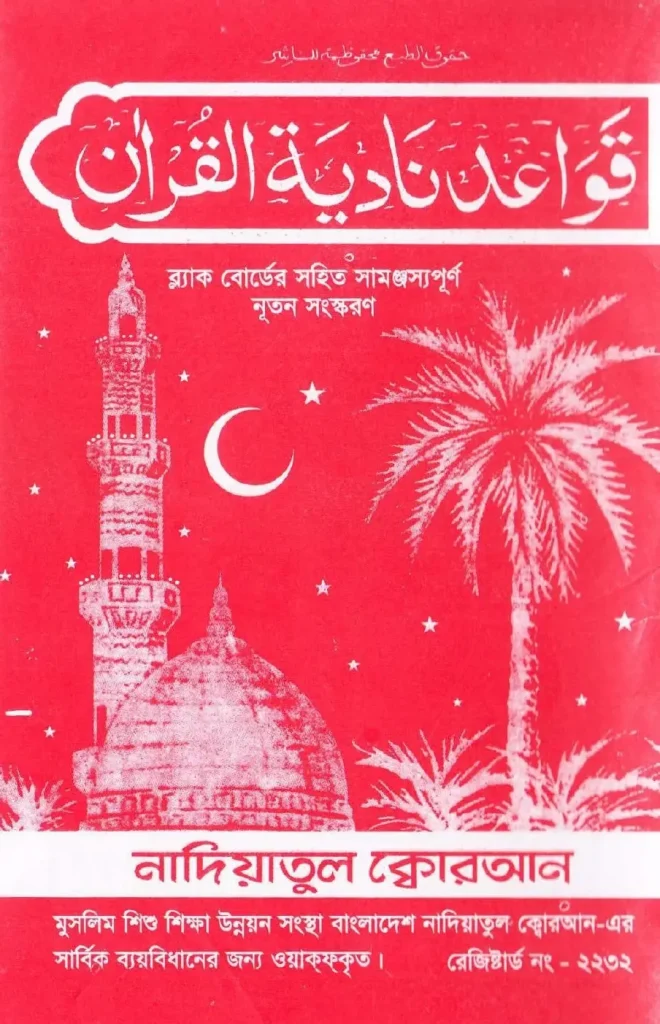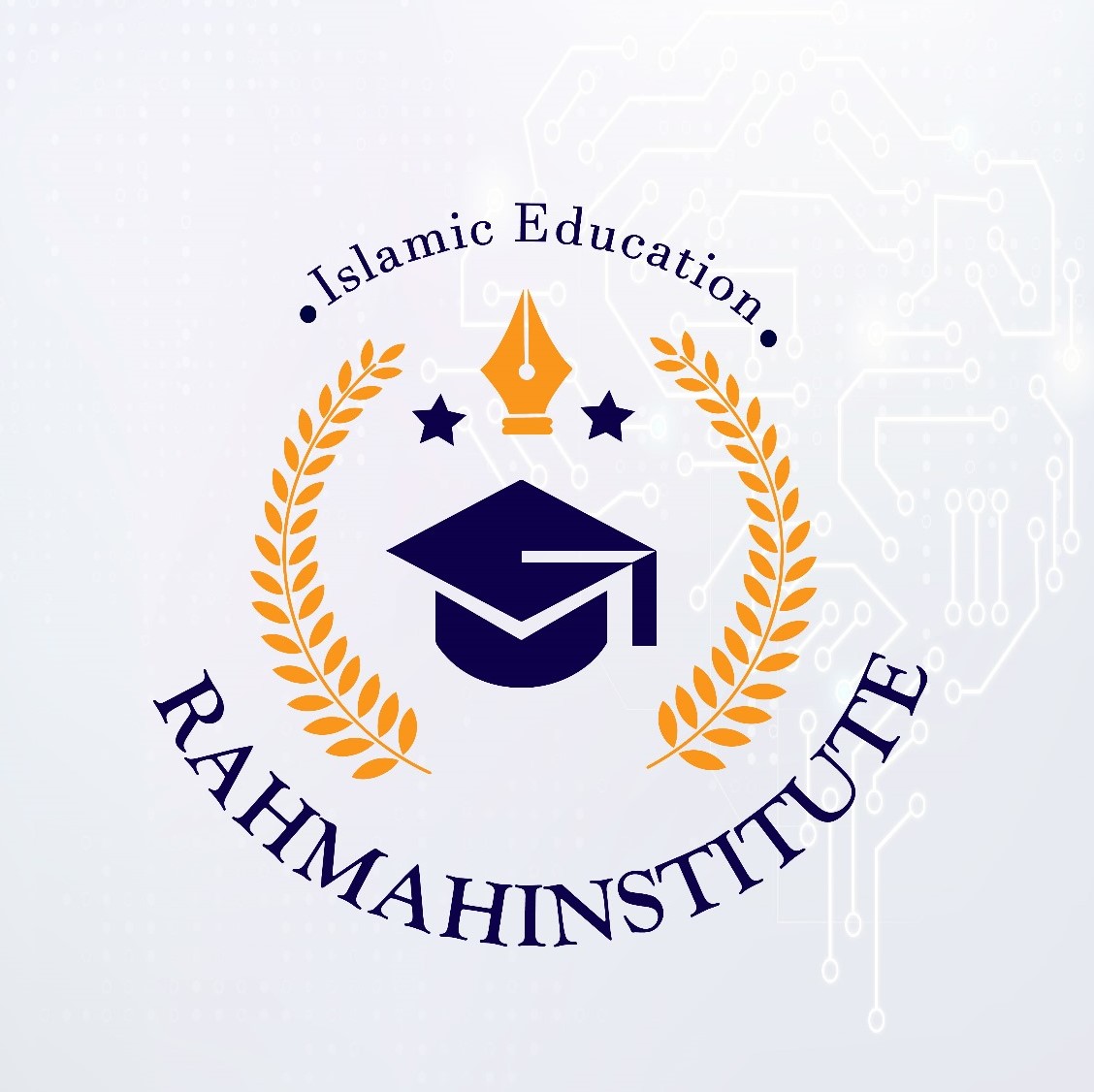Lorem ipsum dolor sit amet, consectetur adipiscing elit. Ut elit tellus, luctus nec ullamcorper mattis, pulvinar dapibus leo.
Level 1: Qaida
At the primary level, students are introduced to the Quranic alphabet and language according to one of three special teaching methodologies. Depending on the student’s level, this level is completed through teaching ‘Nadiyaatul Quran’, ‘Noorani Method’, ‘Noorul Bayan’, or ‘Ahsanul Qawaid’.

Nurul Bayan
The Nurul Bayan system of teaching the Quran is one of the most common teaching systems in the Arab world. Hafez Tariq Saeed, the famous Kari and language researcher of Ten Qiraat, discovered this method. He is the author of the book “Nurul Bayan Mu’allimul Qiraati Bil Qur’an”.
This method was invented to teach Quran and Arabic to students aged three years and above. Here is a clean collection of all materials for children’s Quran education. This book is one of the means of Quran education for adults. It has become one of the mediums for learning Quran in an easy way as there are many examples of Al-Quran examples etc. Huruful Hijah, Three Types (Fatha, Qasra, damma) of Harakat and its Examples.
Three types of Mad (Mad Bil Alif, Mad Bil Wa, Mad Bil Ya), Sukun and its signs, Tanbin and its three types (Tanbin bil Fatah, Tanbin bil Qasra, Tanbin Bil damma), This is Complete Curriculum with full Syllabus including Shaddah, Ahkamut Tajwid, Tadrib of Quranic Kalimas, General Recitation, Ar-Rasmul Qurani and Ar-Rasmul Imlayi.
Ahsanul Qawaid
Maulvi Muhammad Ahsan is the author of Ahsanul Qawaid. This is an important book for children, teenagers and every student who loves Quran and who is new to Arabic Language.
Different types of colors are used in it to highlight Harakat, Madd, Gunnah etc. Which makes it easy to understand the different rules. There are various dua, kalima and tasbihat and illustrated teaching of ablution prayer. Among the Muslims of Europe-America, it can be observed that the teaching of the Qur’an through this book is more prevalent.
This method of education is gaining popularity in the Indian subcontinent as well. Through the book one can easily get familiar with Arabic alphabet, words and sentences. Different shapes of Arabic letters are known. One of the features of this book is that it introduces the language of the Quran through the necessary dua and important Quranic sentences.


Nadiyatul Quran
Maulana Abdul Wahhab was the inventor of Nadia method. He was Hafezzi Hazur. One of its disciples. This method was invented for easy and short time pure recitation of Quran Majeed. Such a complete nesab is created as a result of long-term hard work, experience and sincerity in order to eliminate the plight of Quranic education in the country.
The lineage started from B-Baria in Bangladesh and gradually spread throughout Bengal. It is now in demand in the world including India-Pakistan. Fakhre Bangal Maulana Tajul Islam, Mujahideen Azam Maulana Shamsul Haque Faridpuri, Mufassir Hazur Maulana Sirajul Islam and Hafezzi Hazur Maulana Muhammadullah. Under the supervision of Maulvi Abdul Wahhab. The Nadiatul Quran system is perfected in its hands.
Nadia method emphasizes on memorizing and familiarizing the students with the Arabic letters by reciting them orally. In this case, after recognizing each character, its beginning and middle parts are assimilated separately.
In that case, in the Arabic script, especially in the Qur’an, what form the letter takes when it comes at the beginning of the word, how it comes in the middle, how it comes at the end – these are known. In terminology it is called ‘identity of full letters’ and ‘identity of incomplete letters’. After proceeding in this way, the combined form of two letters, the combined form of three letters, the combined form of four five six seven eight letters etc. Here too, only the long words of the Qur’an are selected. In terminology, this is called ‘sound formation system’.
When the letter recognition stage is completed, the pronunciation of the letters is learned using harakats. Then Tanveen, Jajam, Khara Jabar, Madd, Gunnah etc. are taught.
But what is important to take care of is to memorize everything from the mouth of Ustaaz. In other words, without giving any book of rules and regulations to the student, Ustaaz taught everything himself. In that case, the student is progressed from easy to difficult and relatively complex subjects. Hazrat Maulana Abdul Wahhab said it. He said teaching in the light of psychology.
